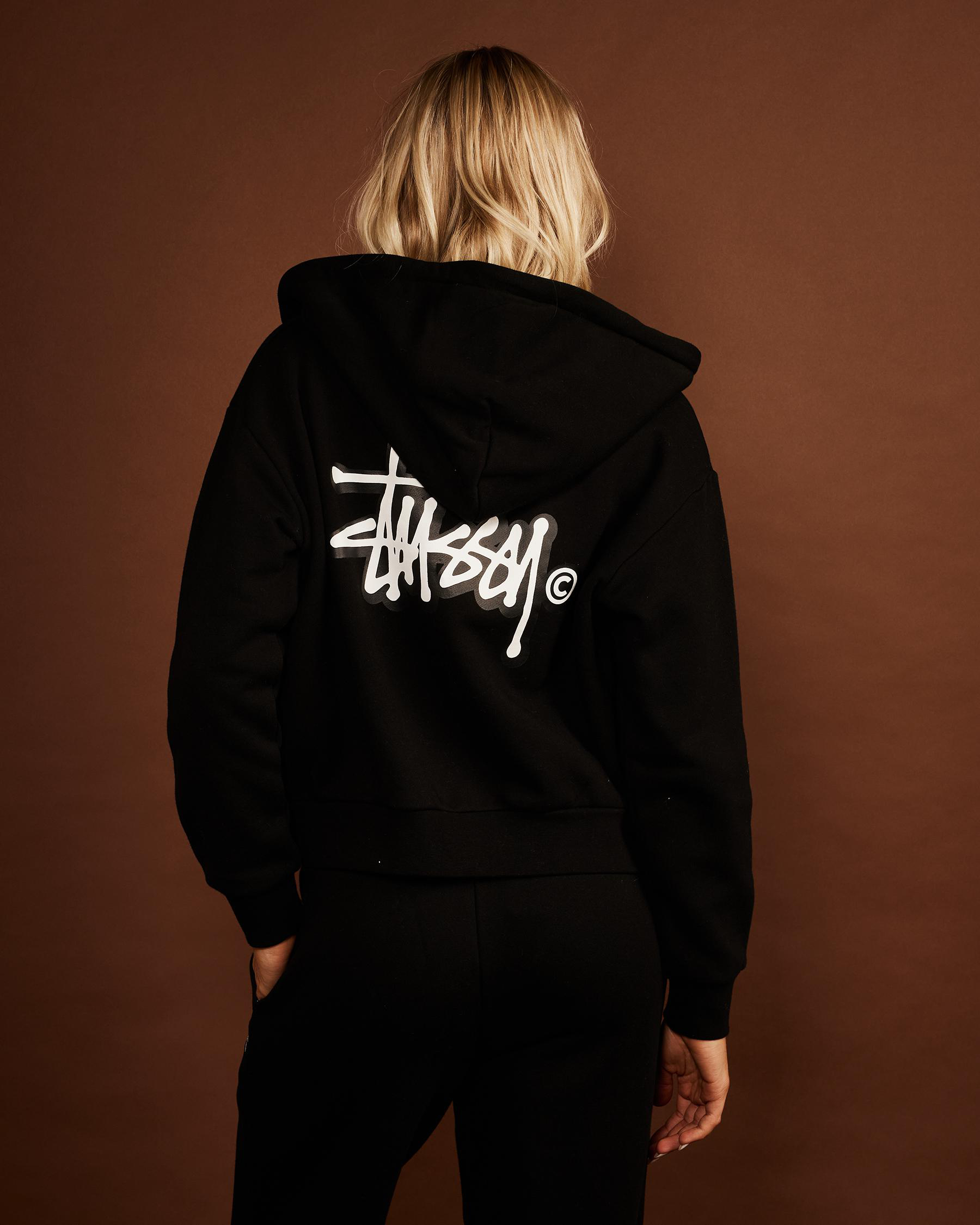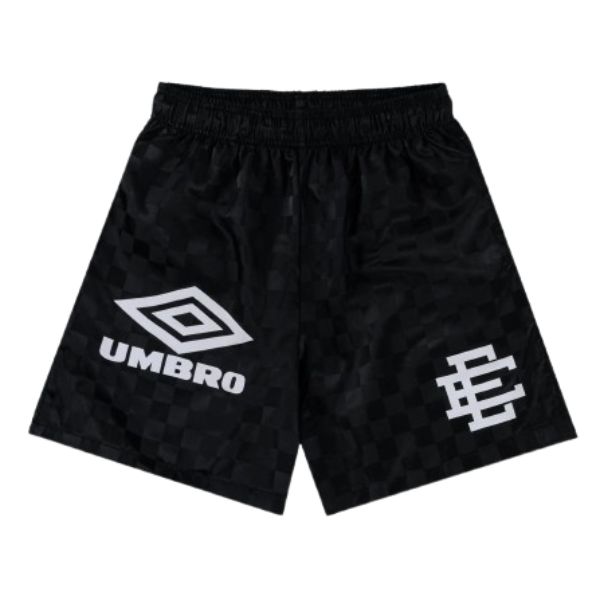Long before streetwear was a global industry, a surfer named Shawn ukstussyhoodie.com was hand‑shaping boards in Laguna Beach. To mark each board, he signed his surname with a fat black marker—slanted, loose, unmistakably personal. That casual autograph, scribbled on fiberglass in the late‑1970s, travelled further than any wetsuit could have predicted. Today the same scrawl sits on hoodies, hats, and tees worldwide. How did one man’s signature turn into one of fashion’s most recognisable emblems?
Birth of the Mark
When Shawn began screen‑printing his name on T‑shirts to sell alongside boards, customers bought the shirts as fast as the surf gear. The raw, hand‑drawn logo felt like a private in‑crowd symbol—authentic, not corporate. In a decade ruled by slick graphics, the scribble’s imperfection made it stand out.
A Logo Without Rules
Unlike traditional branding, the Stussy Hoodie signature wasn’t locked to strict guides. It could shrink to a chest hit, stretch across a back panel, sit sideways on a cap brim. That fluidity let the logo live anywhere without losing identity. The freedom mirrored the DIY culture of skate crews, punk flyers, and hip‑hop mixtapes that embraced it.
From Coastal Surf to Global Streets
As the brand shifted from beach shacks to city pavements, the logo carried its laid‑back DNA into new scenes—New York clubs, London skate spots, Tokyo record stores. Each subculture adopted the mark as its own badge, proof that authenticity travels faster than marketing budgets.
Minimal Ink, Maximum Impact
Part of the logo’s power is restraint: thick strokes, no gradients, no mascots. It reads at a glance, even on a grainy photocopied zine. That clarity made it ideal for the early Internet and, later, for social feeds—instantly recognisable whether printed huge on a hoodie or tiny in a profile pic.
The Quiet Flex
Wearing the signature isn’t about ostentatious luxury—it’s about knowing. Spotting the scrawl on someone else signals shared taste in music, art, or skating. It’s a subtle handshake: you get it. That low‑key credibility has kept the logo fresh while louder graphics come and go.
Staying Current Without Changing
Remarkably, the logo has barely evolved in forty‑plus years. Minor variations—filled, outlined, stacked—but the handwriting remains. Its consistency amid fashion’s churn reinforces trust: if the mark stays real, the product probably will too. Stability itself becomes a selling point.
A Canvas for Collaboration
Because the logo is so strong, collaborators happily riff on it—adding patterns, embroidering over prints, bending it into new colours—yet it stays recognisable. From artist capsules to high‑end partnerships, the core scrawl anchors every experiment, letting Stüssy explore without losing itself.
Icon Status Secured
Today the signature sits in the same visual hall of fame as the swoosh or three stripes—yet it began as one man’s quick pen stroke. Its journey from surfboard to street hallmark proves that authenticity, when left intact, can outshine any calculated branding exercise. A real signature became a global statement, and it still speaks volumes with just seven letters and one confident line.


